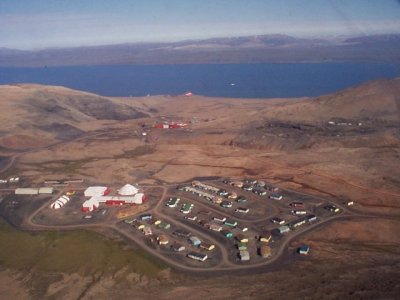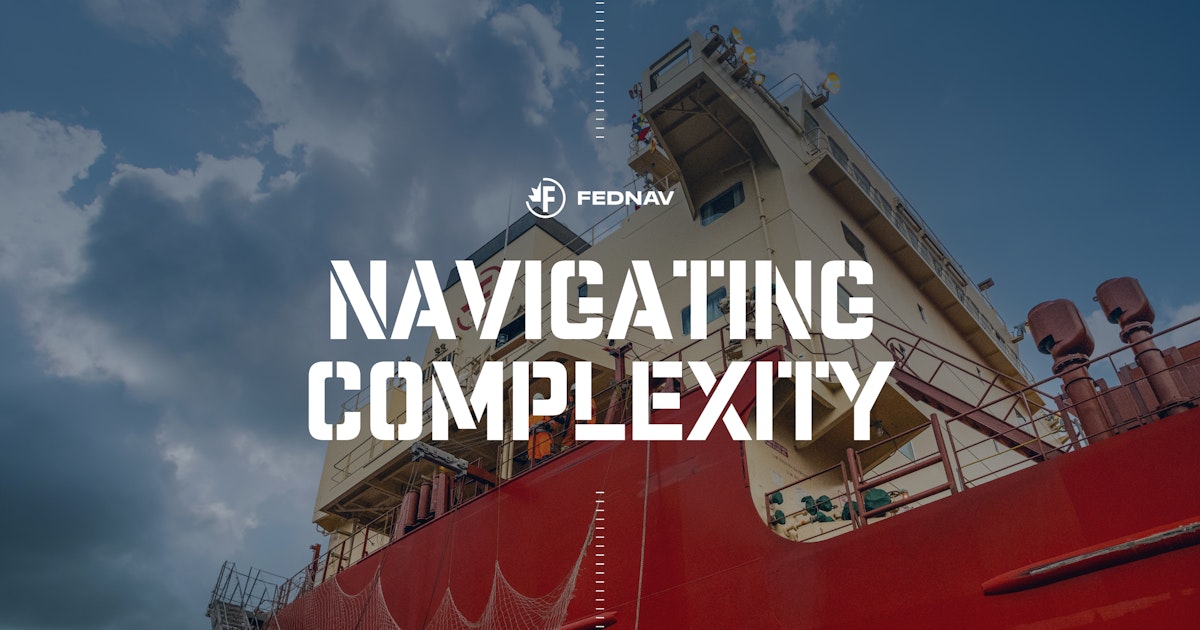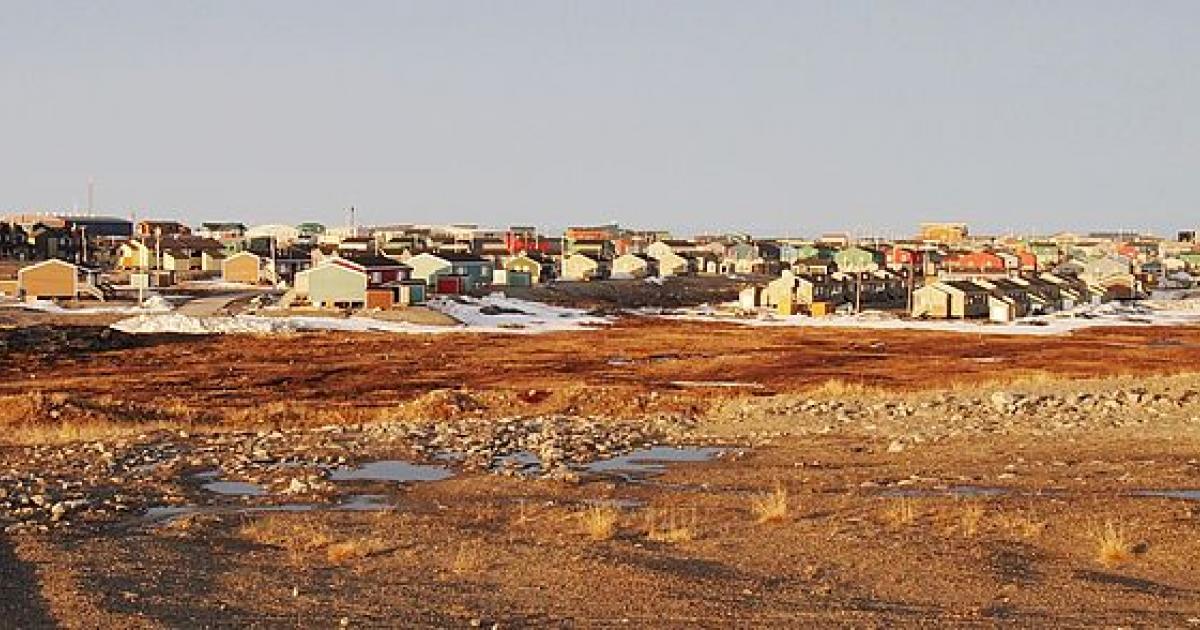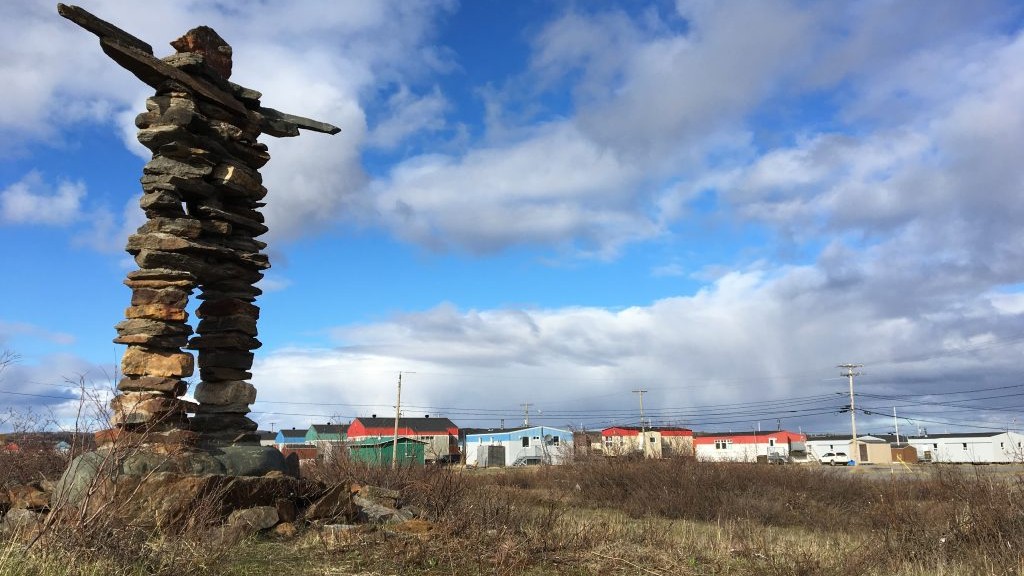Again I wonder if it's not the time to look at the Rangers as not just ground forces but expand some numbers in key communities to add a limited maritime aspect. Not replace the RCN and definitely not to create a fully capable amphibious assault trade like the USMC.
Context I'm thinking is wildfire responses where we come in with a large number of ground resources, some aviation lift and some heavy equipment. And for 95% of the wildfires that's all you need. But then you get the other fires where a major waterbody is in the way like the Peace River, Athabasca River, or take your pick of lakes in Ontario. Crews can get to a staging area via existing transport easily...but on the wrong side of the barrier.
Solution - charter jet boats or larger private fishing boats to become ferries. If I can hire a boat + captain who knows the local area for the cost of flying a medium helicopter for an hour...pretty easy math on sustained operations. Plus they are not affected by the same visibility rules as private aviation can be.
So double a Ranger Patrol manpower strength in Tuktoyaktuk, Churchill, Rankin Inlet, Iqaluit, Moosonee or other communities and provide them with 3 good sized boats each as a means of doing limited, inshore only/river, patrols and transportation. Or heck...summer patrol via boat and snowmobile in winter. Make it a boat big enough for a section of troops to be carried and now you can start doing more dispersed drop offs....and I only say section due to both a) reasonable size of formed unit and b) Ukraine is showing lots of small units dispersed is the way of the future.
This is a 30' option and while I can't tell keel depth I have to imagine it's shallow enough to be effective in most of the environments I described above.
https://www.raiderboats.com/boats-dealership--offshore-series

















